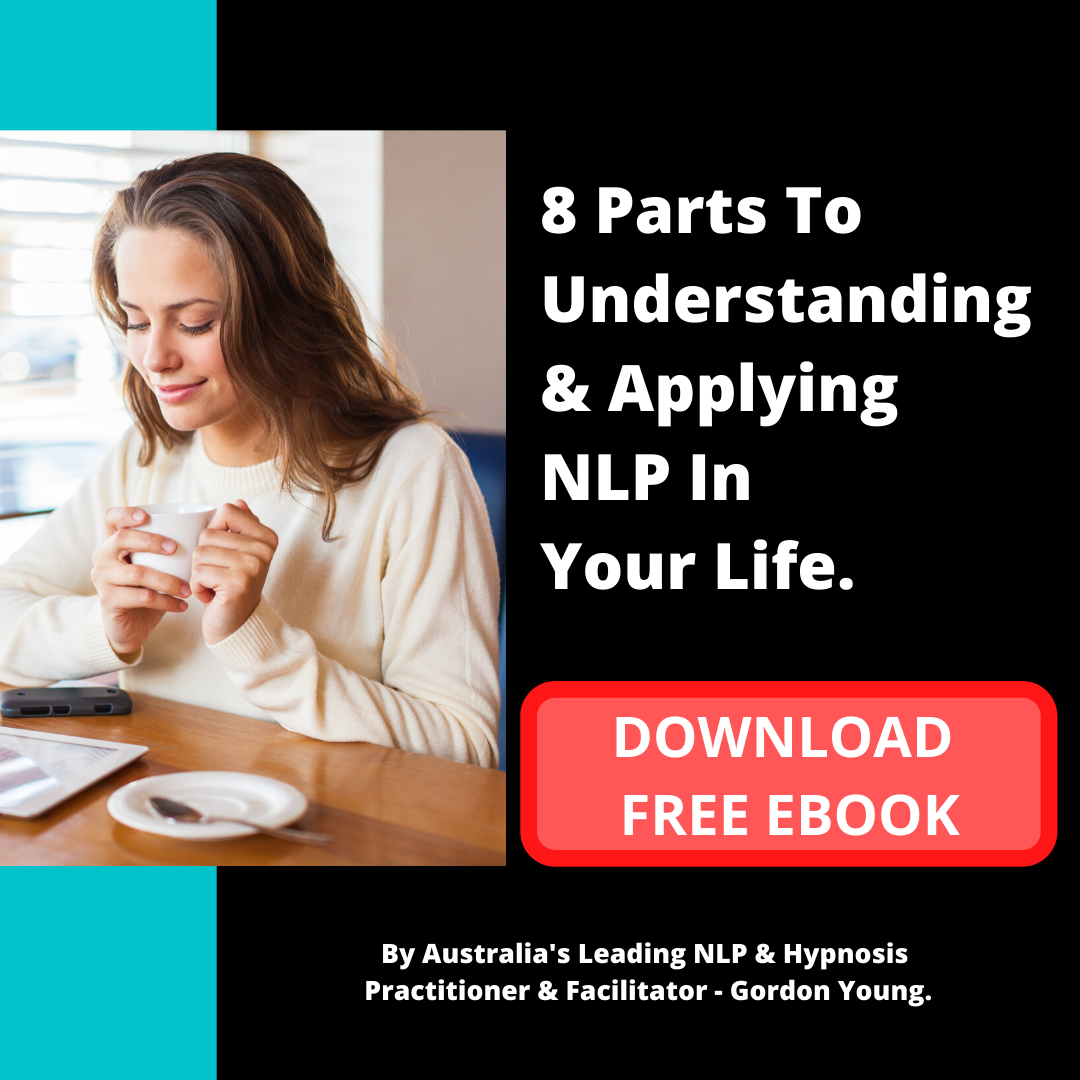shared paths of Neuro-linguistic programming and ACT techniques
Introduction
Building upon the shared paths of NLP and ACT, it’s worth exploring the broader spectrum of neuro-linguistic programming techniques and their applications in various fields. NLP offers a rich toolkit of transformational tips that can be applied in therapy, self-help strategies, and professional development. For instance, the NLP technique of “anchoring” allows individuals to associate positive emotional states with specific triggers, enhancing performance and well-being. Similarly, “reframing” helps in shifting perspectives on challenging situations, fostering resilience and adaptability.
These powerful NLP and ACT techniques can be further honed through applied psychology courses, such as NLP Practitioner Certification or NLP Master Practitioner programs. These courses delve into strategic neuro-linguistic programming, equipping practitioners with advanced skills to facilitate profound personal and professional transformations. Whether used in NLP therapy or as self-help strategies, these techniques offer a systematic approach to understanding and reprogramming the intricate connections between our thoughts, language, and behaviors, ultimately leading to more fulfilling and successful lives.
Learn 3 shared paths of Neuro-linguistic programming (NLP) and ACT techniques and how they impact lives.
At first glance, Neuro-Linguistic Programming (NLP) and Acceptance and Commitment Therapy (ACT) might seem like distant cousins in the vast family of psychological therapies. Both are robust, research-supported approaches that, upon closer inspection, share fundamental techniques designed to enhance mental well-being. This exploration reveals how the nuanced methods of NLP submodalities and ACT defusion can transform our daily lives by reshaping our interactions with thoughts and emotions.
Exploring the Core of NLP and ACT
NLP Submodalities break down our sensory perceptions into finer distinctions like the brightness or distance of an image in our mind. By tweaking these elements, NLP can alter how we experience reality, helping to lessen the emotional weight of our thoughts or memories.
ACT Defusion focuses on changing how we interact with our thoughts and feelings. Rather than wrestling with our thoughts, ACT teaches us to observe and accept them as mere events in our minds, reducing their control over our actions and emotions.
3 Shared Paths Of NLP and ACT Techniques
1. Re-framing Thoughts
NLP Approach: Imagine feeling anxious about a public speaking event. An NLP practitioner might suggest altering how you visualise the audience—perhaps seeing them as smaller or the room as dimmer and quieter—to make the situation seem less intimidating.
ACT Approach: Conversely, an ACT practitioner encourages acknowledging these anxious thoughts simply as thoughts, not truths. For example, internally noting, “I’m aware I’m thinking that public speaking is daunting.”
The Connection: Both strategies aim to lessen the emotional charge of thoughts, though NLP alters the sensory experience, while ACT modifies the personal interaction with those thoughts.
2. Changing Visual Representations of Experiences
NLP Example: If overwhelmed by a work error, you might be guided to mentally shrink this event, push it further away, or drain its colour, making it less vivid.
ACT Example: ACT might suggest visualising your stressful thoughts as leaves floating down a stream, symbolically distancing them from your core self.
The Overlap: Each method uses visual changes to reduce emotional impact—NLP by adjusting internal sensory representations and ACT by externalising thoughts, helping you see them as less integral to your identity.
3. Reducing the Impact of Negative Thoughts
NLP Technique: For persistent negative self-talk, NLP could involve turning down the volume or altering the tone of these internal dialogues, or imagining them coming from a distant, tiny speaker.
ACT Technique: ACT encourages labelling these thoughts as transient mental events by mentally tagging them “just thoughts.”
Common Ground: Both approaches help reduce the dominance of negative thoughts by changing how they are perceived and interacted with, whether through sensory manipulation or cognitive distancing.
Practical Applications and Personal Growth
These techniques don’t just exist in therapy sessions; they are tools that can be woven into the fabric of our everyday lives, enhancing personal and professional growth, especially in fields like life coaching. Here’s a checklist to integrate these strategies into your routine or practice:
- Familiarise yourself with the foundational theories and techniques of both NLP and ACT.
- Regularly practice altering submodalities in your own thought processes.
- Apply defusion techniques to step back and observe your thoughts.
- Leverage these methods to assist clients in managing anxiety, stress, and negative patterns.
- Continuously evaluate the outcomes and fine-tune your approach for better results.
While stemming from different psychological traditions, NLP and ACT intersect meaningfully in managing thoughts and emotions. Both offer invaluable tools for anyone looking to enhance their ability to navigate life’s challenges with more agility and less distress. For those curious about the potential of these therapies, further training can deepen your understanding and expand your toolkit, empowering both personal use and professional practice.
Transform with an NLP Practitioner Course at IAP
Embarking on an NLP Practitioner course at the Institute of Applied Psychology (IAP) could be your gateway to mastering these transformative techniques. This course is meticulously designed to help you understand and apply NLP strategies in various real-world scenarios. Here’s how it can benefit you:
- Comprehensive Learning: IAP’s NLP practitioner course covers a wide range of topics from basic to advanced techniques, ensuring you have a thorough understanding of NLP’s foundational theories as well as its practical applications.
- Real-World Application: The course emphasizes practical skills that can be directly applied in your personal life, coaching, leadership, therapy, and other professional areas. This practical focus helps ensure that the skills you learn are not just theoretical but are applicable in everyday interactions and challenges.
- Experiential Learning: IAP promotes an experiential learning environment where you get to practice NLP techniques under the guidance of experienced instructors. This hands-on approach helps solidify learning and boosts your confidence in using NLP techniques effectively.
- Professional Development: For professionals, particularly in coaching or therapeutic contexts, this course offers tools to enhance your practice. You’ll learn to facilitate powerful conversations, help clients manage difficult emotions, and promote behavioural changes that stick.
- Networking Opportunities: Studying at IAP also connects you with a network of like-minded professionals and peers. This community can be valuable for collaboration, continued learning, and professional opportunities.
- Accreditation: Completing the NLP Practitioner course provides a certification recognising your skills and knowledge, bolstering your credentials and enhancing your professional profile. The four certifications received include Emotional Intelligence (EQ1), Time-based Therapy, Level 1 Coach and NLP Practitioner.
Engaging with NLP game-changing techniques through a structured course at IAP can lead to profound personal transformations, illustrating their power as life-changing psychological tools. Whether for personal growth or professional enhancement, the skills acquired in this course are designed to deliver impactful and lasting benefits, making it an invaluable investment in your future.
Next steps in your journey
If you are looking to become a counsellor or would like to talk about how this could be part of your career journey, call one of our dedicated Course Advisors on 1300 915 497 or click here to download the CHC51015 Diploma of Counselling course outline.








